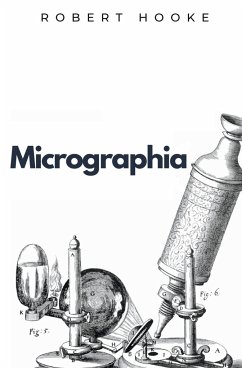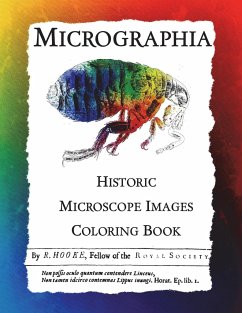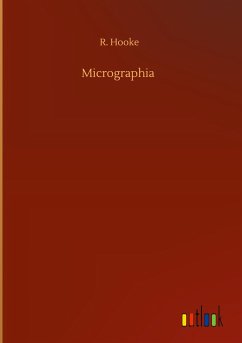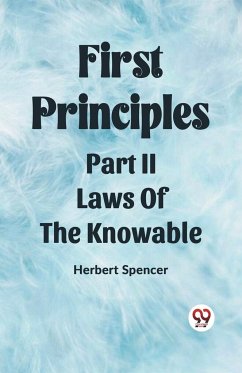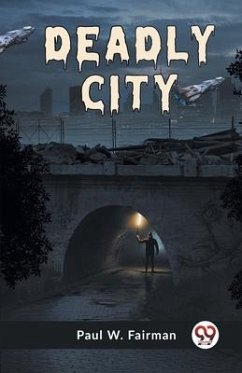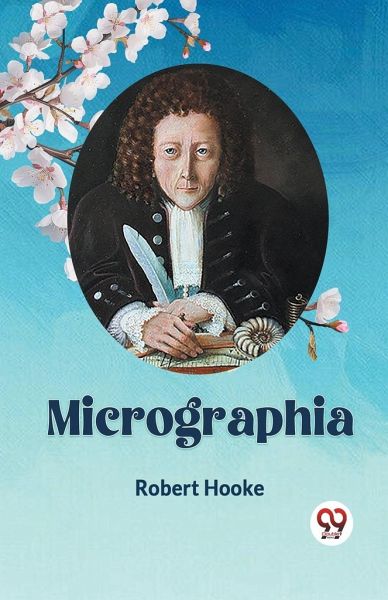
Micrographia
Versandkostenfrei!
Versandfertig in 1-2 Wochen
21,99 €
inkl. MwSt.
Weitere Ausgaben:

PAYBACK Punkte
11 °P sammeln!
"Micrographia" is a groundbreaking paintings authored by means of Robert Hooke, a seventeenth-century English scientist and polymath. This book is a tremendous exploration of the microscopic global, marking a pivotal moment within the records of science and microscopy. Hooke's "Micrographia" is widely known for its meticulous observations made through the usage of microscopes, which had been highly new instruments at the time. Through targeted illustrations and descriptions, Hooke found out the intricate systems and patterns in diverse herbal substances, which includes insects, plants, and min...
"Micrographia" is a groundbreaking paintings authored by means of Robert Hooke, a seventeenth-century English scientist and polymath. This book is a tremendous exploration of the microscopic global, marking a pivotal moment within the records of science and microscopy. Hooke's "Micrographia" is widely known for its meticulous observations made through the usage of microscopes, which had been highly new instruments at the time. Through targeted illustrations and descriptions, Hooke found out the intricate systems and patterns in diverse herbal substances, which includes insects, plants, and minerals. His observations of cork cells brought about the coining of the time period "cellular," laying the inspiration for the sector of cellular biology. Moreover, "Micrographia" provided a wealth of know-how about the bodily and organic international, starting new horizons for scientific inquiry. Hooke's paintings no longer most effective multiplied our knowledge of the hidden intricacies of nature however additionally emphasized the importance of empirical commentary in clinical studies. Beyond its clinical significance, "Micrographia" is a testomony to Hooke's curiosity and ingenuity as a scientist. His capacity to carry complex thoughts through reachable prose and captivating illustrations made the microscopic international available to a much wider target audience, inspiring future generations of scientists and researchers.




